From pv magazine France
Researchers at France's National Solar Energy Institute (INES) – a division of the French Alternative Energies and Atomic Energy Commission (CEA) – are developing solar modules featuring new bio-based materials in the front and rear sides.
“As the carbon footprint and the life cycle analysis have now become essential criteria in the choice of photovoltaic panels, the sourcing of materials will become a crucial element in Europe in the next few years,” said Anis Fouini, the director of CEA-INES, in an interview with pv magazine France.
Aude Derrier, the research project's coordinator, said her colleagues have looked at the various materials that already exist, to find one that could allow module manufacturers to produce panels that improve performance, durability, and cost, while lowering the environmental impact. The first demonstrator consists of heterojunction (HTJ) solar cells integrated into an all-composite material.
“The front side is made of a fiberglass-filled polymer, which provides transparency,” Derrier said. “The rear side is made of composite based on thermoplastics in which a weaving of two fibers, flax and basalt, has been integrated, which will provide mechanical strength, but also better resistance to humidity.”
The flax is sourced from northern France, where the entire industrial ecosystem is already present. The basalt is sourced elsewhere in Europe and is woven by an industrial partner of INES. This reduced the carbon footprint by 75 grams of CO2 per watt, compared to a reference module of the same power. The weight was also optimized and is less than 5 kilograms per square meter.
“This module is aimed at the rooftop PV and building integration,” said Derrier. “The advantage is that it is naturally black in color, without the need for a backsheet. In terms of recycling, thanks to thermoplastics, which can be remelted, the separation of the layers is also technically simpler.”
The module can be made without adapting current processes. Derrier said the idea is to transfer the technology to manufacturers, without additional investment.
“The only imperative is to have freezers to store the material and not to start the resin cross-linking process, but most manufacturers today use prepreg and are already equipped for this,” she said.
The INES scientists also looked into the solar glass supply issues encountered by all photovoltaic players and worked on the reuse of tempered glass.
“We worked on the second life of glass and developed a module made up of reused 2.8 mm glass that comes from an old module,” said Derrier. “We have also used a thermoplastic encapsulant which does not require cross-linking, which will therefore be easy to recycle, and a thermoplastic composite with flax fiber for resistance.”
The basalt-free rear face of the module has a natural linen color, which could be aesthetically interesting for architects in terms of facade integration, for example. In addition, the INES calculation tool showed a 10% reduction in the carbon footprint.
“It is now imperative to question the photovoltaic supply chains,” said Jouini. “With the help of the Rhône-Alpes region within the framework of the International Development Plan, we therefore went looking for players outside the solar sector to find new thermoplastics and new fibers. We also thought about the current lamination process, which is very energy intensive.”
Between the pressurization, the pressing and the cooling phase, the lamination usually lasts between 30 and 35 minutes, with an operating temperature of around 150 C to 160 C.
“But for modules that increasingly incorporate eco-designed materials, it is necessary to transform thermoplastics at around 200 C to 250 C, knowing that HTJ technology is sensitive to heat and must not exceed 200 C,” said Derrier.
The research institute is teaming up with France-based induction thermocompression specialist Roctool, to reduce cycle times and make shapes according to the needs of customers. Together, they have developed a module with a rear face made of polypropylene-type thermoplastic composite, to which recycled carbon fibers have been integrated. The front side is made of thermoplastics and fiberglass.
“Roctool's induction thermocompression process makes it possible to heat the two front and rear plates quickly, without having to reach 200 C at the core of the HTJ cells,” Derrier said.
The company claims the investment is lower and the process could achieve a cycle time of just a few minutes, while using less energy. The technology is aimed at composite manufacturers, to give them the possibility of producing parts of different shapes and sizes, while integrating lighter and more durable materials.
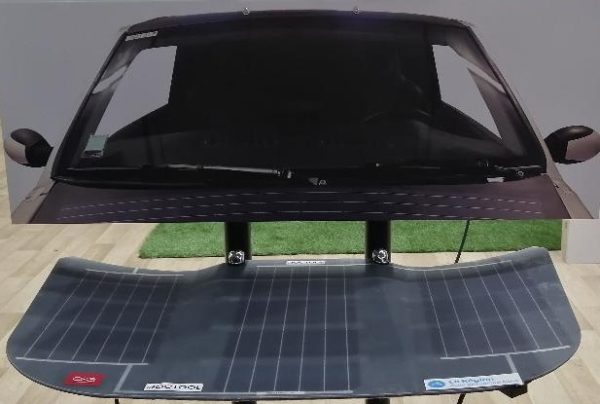
This content is protected by copyright and may not be reused. If you want to cooperate with us and would like to reuse some of our content, please contact: editors@pv-magazine.com.
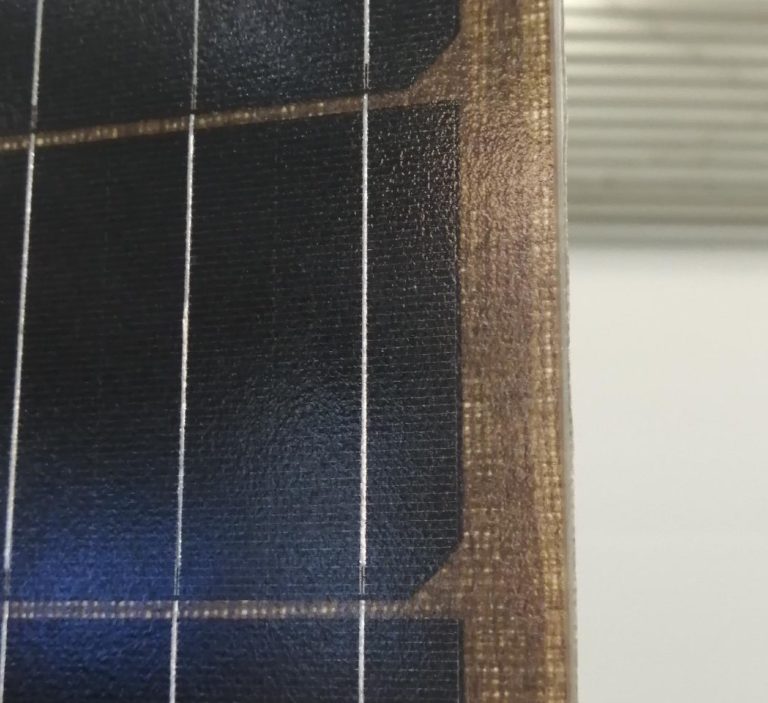
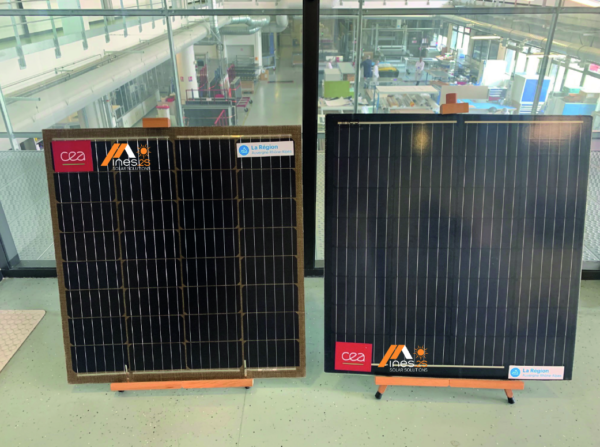
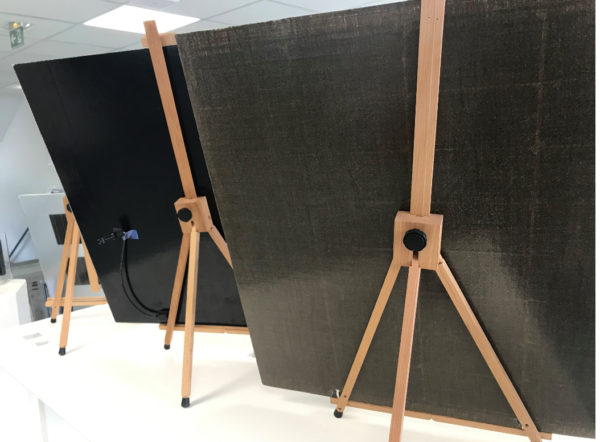
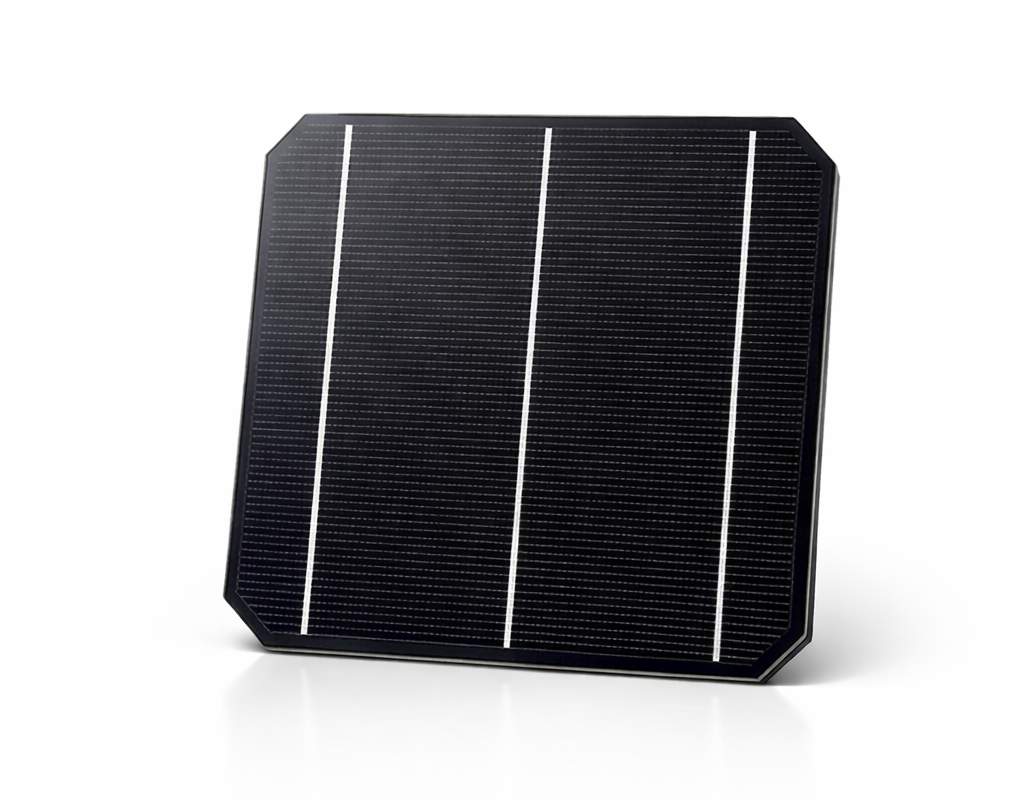


This article offers some interesting insights into the potential benefits of using thermoplastics and recycled materials in solar module manufacturing.
I think it is essential to consider the entire supply chain when designing solar modules to minimize the product’s environmental impact.
I appreciate that Gwénaëlle Deboutte and Marie Beyer highlight the research institute’s work in teaming up with Roctool to develop a module with a recycled rear face.
It would be interesting to see more research on the feasibility of using recycled materials in solar modules and the potential benefits of doing so.
This is so stupid, fiberglass isn’t recycled. Current Sar panels are 95% recycled, everything but the adhesive. So now these morons want to make a crappy no recycle version. If it’s not broke, don’t be French and fix it!